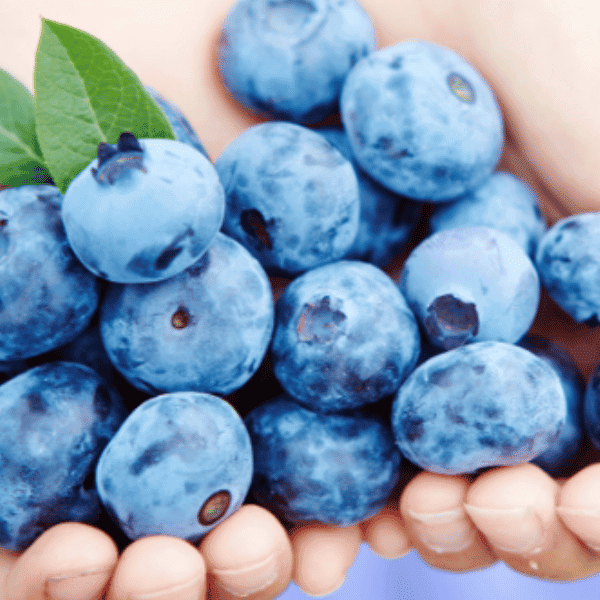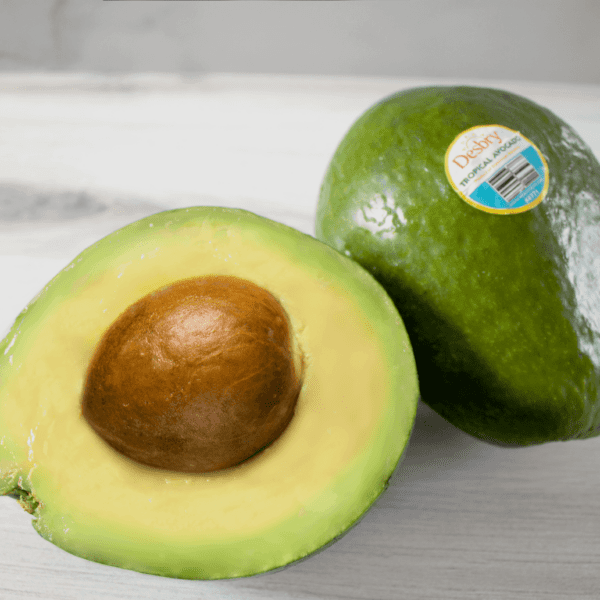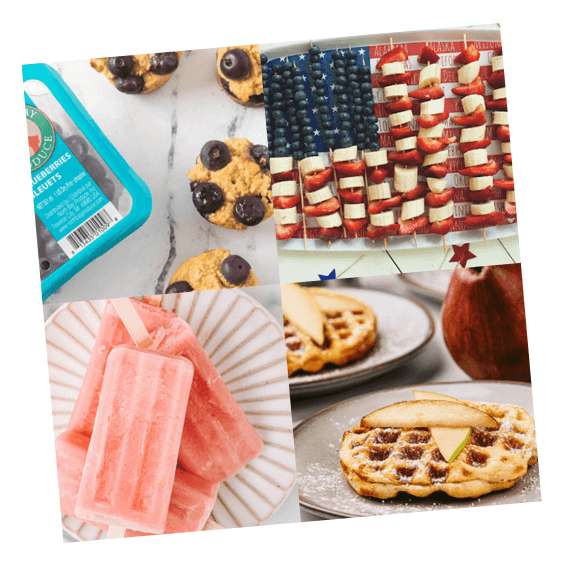How To Properly Wash Fruits and Vegetables
Apr 07, 2020, Updated Jul 31, 2023

This post may contain affiliate links. Please read our disclosure policy.
Staying hygienic means staying healthy. Proper washing of produce helps to remove any dirt, residues, waxes, or pathogens that could be present. We’re sharing tips on washing fruits and veggies to help you stay safe in the kitchen—because germ-free and food-safe is definitely the way to be!
The good news is that it’s really a simple process. All you need to properly wash your produce is a clean work station & water!
Tips on Properly Washing Fruits and Vegetables
Prepping Your Prep Space
(Step 1 = Clean Your Surface & Work Space)
Let’s start with some basics, always wash your hands with hot soapy water for 30 seconds or longer before and after preparing food. Keep your prep counter tops, colanders, cutting boards and utensils clean and sanitized too. Soap and hot tap water does a good job at cleaning these surfaces. Food contact approved surface sanitizers can also be used if you feel necessary. These chlorine-based cleaning solutions are standard practice in commercial kitchens simply because treated surfaces can be used for food prep immediately after use.
Soak and Rinse 101
(Step 2 = Rinse Your Produce)
Different types of produce require different types of handling. From fragile leaves to tough skin, fruits and veggies have their own unique characteristics and care requirements. Recommended produce washing methods are often divided into two categories, soak and rinse.
Soak Method
The soaking method is ideal for fresh-cut herbs, leafy greens, soft berries, grape clusters, broccoli bunches, and other produce with lots of nooks and crannies. Use a clean container, basin, bowl or sterile sink for soaking. Fill with warm water. You can add a commercial produce wash to the water according to wash instructions if you feel necessary, however it is not vital. Place produce in the water-filled container and let soak for at least 30 seconds. Remove produce from water and place it in a clean colander. Run cold water over the produce in the colander and use your hands to rub and rinse thoroughly. Allow the produce to drain and then let air dry on a clean towel before storing it.
Rinse Method
The rinse method is a good option for produce with firm skin and smooth shape, like apples, tomatoes, cucumber, carrots, peppers, eggplant, etc. The rinse method simply recommends running cold water over produce while removing dirt and residue with a soft clean veggie scrub brush. If using a commercial produce wash solution, first spray fruits and veggies with wash according to label instructions, and then rinse. Allow produce to air dry on a clean towel after rinsing and before storing.
Pre-Wash Perks
Produce marked “pre-washed” does not need additional cleaning if it is retailed in sealed packaging from the packer. Pre-washed products have been commercially cleaned and are considered ready to consume with no additional washing. Ready-to-Eat prepared and packaged produce like salad greens and sliced apples can save consumers time and worry. They are also very convenient for on-the-go healthy eating!
Slice and Store
(Step 3 & 4 = Separate Your Produce & Chill)
Produce with a peel or rind, like bananas, melons and oranges, should always be cleaned regardless of which parts will be consumed. When utensils like a knife are used to prep produce, pathogens on the exterior of unclean fruits and veggies can mechanically enter the clean interior flesh, leading to contamination.
Once produce has been cleaned, let it fully air dry before storing it. Produce stored wet can lead to premature rot. Remove inedible leafy tops from root vegetables before storing to prevent the root from dehydrating. Discard retail packaging materials and store washed produce in a clean dry container.
Make sure you are storing your produce separate from the raw meats, poultry, seafood, and eggs in your refrigerator.
Eating clean starts with clean produce! Strategize to sanitize fruits and veggies whether unpacking groceries or harvesting fresh from the garden.
Do you have questions on how to wash produce? Ask them in the comments section and we’ll be sure to answer them.
As a response to COVID-19, the fresh produce industry through leadership from the Produce Marketing Association has united for the “Joy of Fresh” initiative. Enjoy these graphics, compliments of PMA, to understand the 4-step process of food safety:
Remember:
CLEAN – RINSE – SEPARATE – CHILL for food safety










